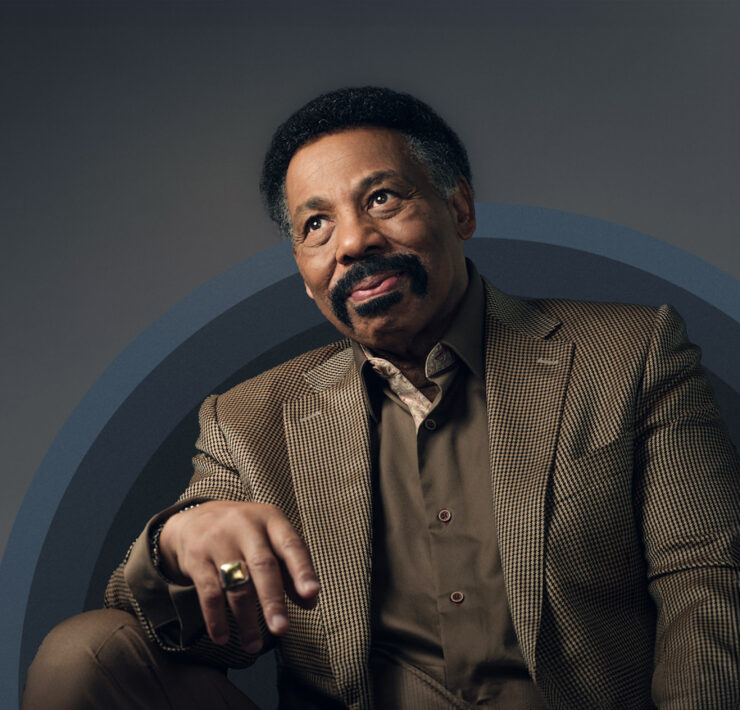The Democratic presidential primaries are in full swing now, and the news media treats each state’s primary like a horse race, complete with odds, hype and minute-by-minute analysis of the candidates and the issues. In the middle of all of this coverage, have you ever wondered what the primary is for? Here is your guide to understanding the significance of the primary and how it works.
The ultimate goal of the presidential primary is for each major political party to nominate a candidate who will run for president. Sitting presidents are typically their party’s automatic choice, so this election year, George W. Bush will be the Republican nominee. On the Democrat’s side, however, it is a whole different ballgame. The vice-president of an outgoing administration will often run for his party—in the last election cycle, Al Gore was the winning nominee, but he had to go through the primary with Bill Bradley. This year, there was no one strong Democratic candidate, thus the field was overrun with nine candidates all seeking the Democratic nomination.
First off, an understanding of the terminology is helpful. A candidate is an individual who is seeking the party nomination to run for president. Currently, there are six Democratic candidates: General Wesley Clark (Ret.), former governor Howard Dean, Senator John Edwards(D-NC), Senator John Kerry (D-MA), Congressman Dennis Kucinich (D-OH) and Reverend Al Sharpton. A nominee is the candidate who wins the party nomination, which is announced at the party convention. Only one candidate will win the nomination. Delegates are the individuals who cast votes for nominees. Each state party is allotted a number of delegates using a complex formula that involves the state’s electoral votes and other factors. Each delegate is given one vote that they can cast in favor of their choice for nominee.
The party nomination is obtained by winning the majority of delegate votes. When the Democratic Party converges for the Democratic National Convention in Boston on July 26-29, 2004, the 4,321 delegates in the DNC will each cast a vote for the candidate they wish to nominate. The first candidate given a majority of votes (2,161) becomes the party nominee.
While the system is much more complex than we have time to discuss, delegates are classified as pledged and unpledged. Pledged delegates are those who have committed to a candidate, while the unpledged delegates are not required to state their choice, and are announced at the party convention. Unpledged delegates usually make up about 20 percent of the convention total. Thus, by the time the convention rolls around, most delegates have pledged themselves to a particular candidate. If one candidate has garnered overwhelming support from the pledged delegates, it is unlikely that he will be unseated by the unpledged delegates.
You might ask: “What is the role of the people? Isn’t this a democracy?” Well, not exactly. Voters do not merely select the presidential nominees; technically, they select the delegates who will attend the national party convention and select the nominees.
This depends on whether the state conducts a primary or a caucus. In a primary, voters cast their ballots for a particular candidate, who is then awarded delegates according to the state’s process. Some states have a “winner take all” process that awards all of the delegate votes to the candidate with the most votes. Other states proportion the delegate votes according to the percentage of votes cast for each candidate.
A caucus, however, is more of a state convention where party members gather and discuss the candidates and then vote for the delegates who will go on to the party convention.
Some states allow any registered voter to cast votes for party candidates, while other states require that you be a registered party member in order to vote in the party primary. In other words, you may have to be a registered Democrat in order to vote in your state’s primary. Additionally, some states have a “modified open primary” where Independents are permitted to vote for either party.
The Democratic Primary runs from January to June, covering each of the 50 states. You can determine the date for your state’s primary by going to The Scrum’s primary calendar.
So what’s the use of participating or voting? Ultimately, the nominees are selected by party officials, so what’s in it for the individual voter?
The state primaries and caucuses make it possible for the individual voter to participate in the selection of the party’s nominee, and it is at the state level that the fortunes of individual candidates are determined. Participation in the primary on a local level is vital for the “people’s candidate” to be selected.
READ MORE LIFE | POST COMMENTS BELOW




















